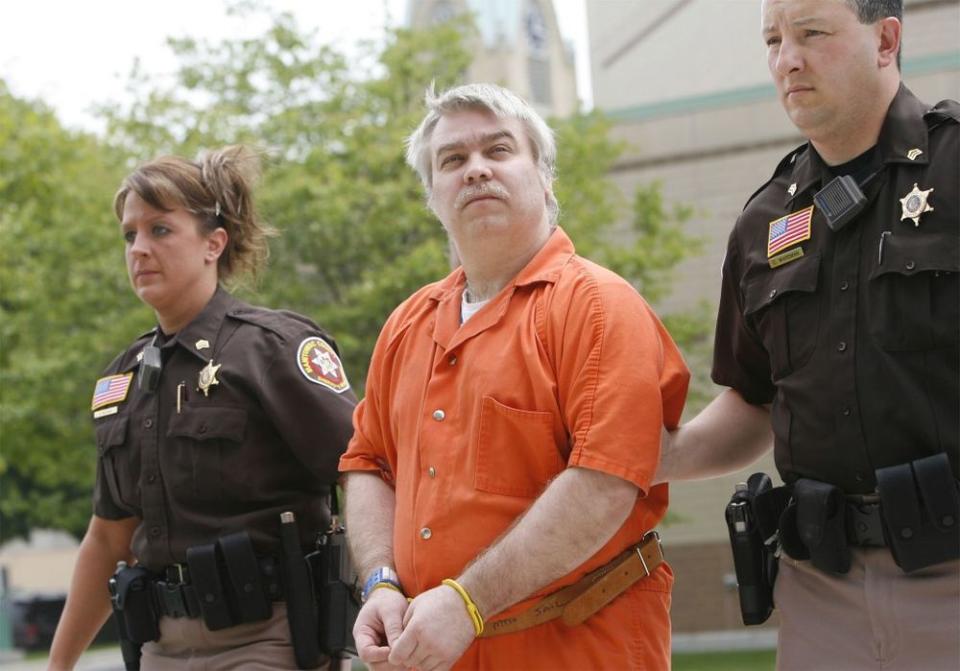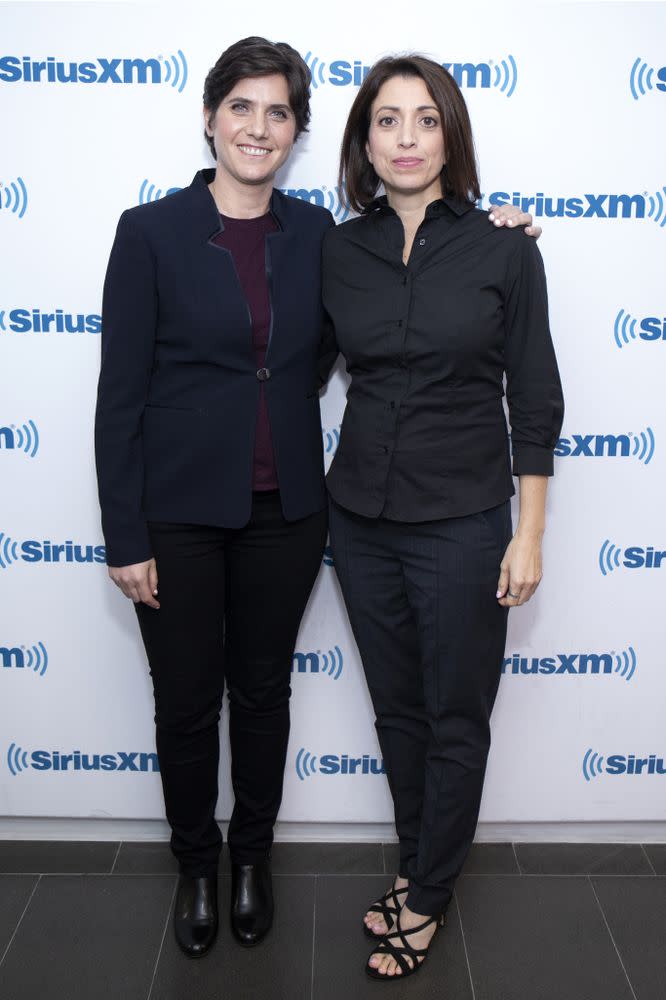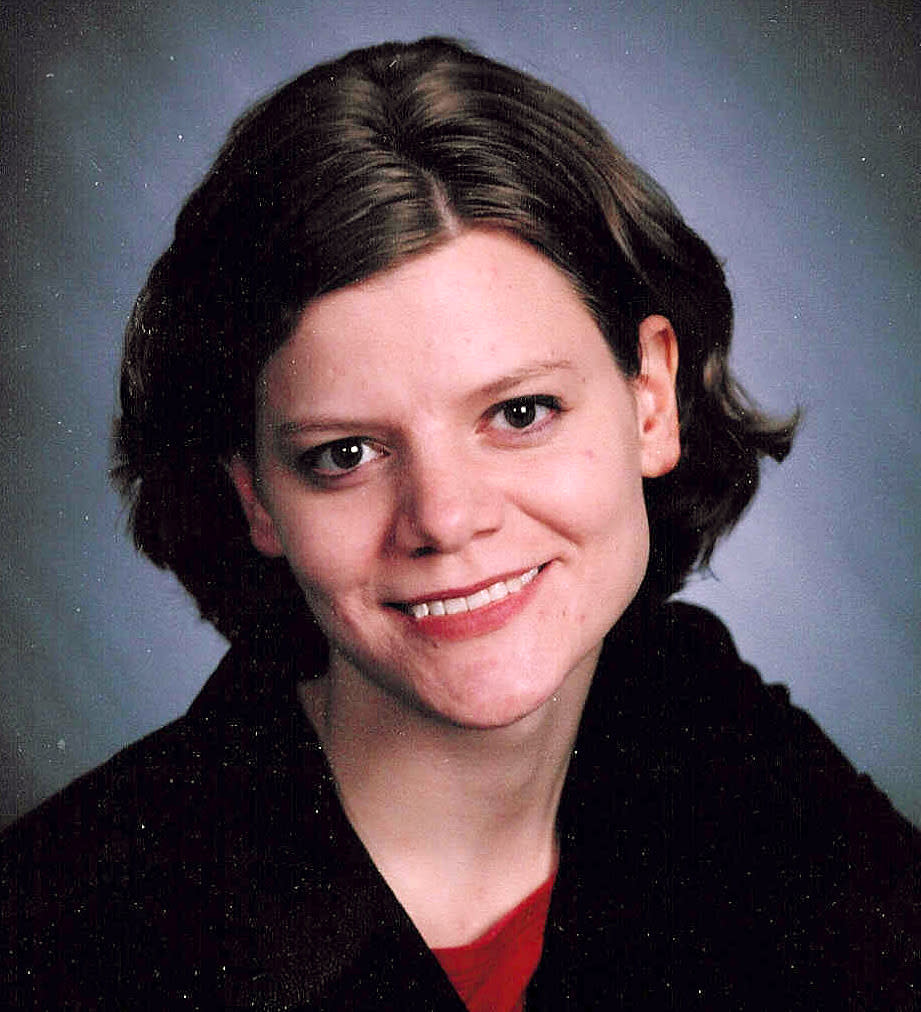Don't Forget About Teresa: Making a Murderer Victim's Friend on Appearing in Part 2
There’s a hole at the center of Making a Murderer and her name is Teresa Halbach.
A 25-year-old photographer who vanished on Halloween 2005 and whose charred remains were later found on the property of Steven Avery, Halbach’s slaying is the fulcrum around which all of Making a Murderer spins. It is, quite literally, the entire reason the show exists.
And yet because Halbach’s friends and family declined to participate in part one of the Netflix docuseries — which examines the case against her convicted killers, Avery and his nephew Brendan Dassey, and which proved to be a smash hit after its 2015 release — she was barely more than a sketch in those first 10 episodes.
Her relatives previously dismissed Making a Murderer as exploitative and one-sided.
But part 2, which premiered on Friday, is different: This time, someone who knew Halbach agreed to be interviewed.
“I figured they were going to do the show anyway, so I might as well talk to them,” Chris Nerat, one of Halbach’s college friends, tells PEOPLE.
“I spoke because I thought that Teresa needed someone to speak,” he says.
• For more on Making a Murderer part 2 and what has changed in the case in the last three years, subscribe now to PEOPLE or pick up this week’s issue, on newsstands now.

Nerat, 40, first appears early in Making a Murderer‘s new episodes and he offers a nuanced take on a series that has drawn much scrutiny — as well as some criticism of its approach — to the question of who really killed his friend.
“If they killed her, they should be in jail, no question,” he says of Avery and Dassey. “But as far as justice for Teresa, that all went out the window in my opinion. The justice doesn’t really matter; the murder matters.”
Nerat, one of many people who knew Halbach who spoke to PEOPLE for a cover story in 2016, says he sympathized with the challenge faced by filmmakers Moira Demos and Laura Ricciardi: “If none of Teresa’s friends wanted to talk on the record, or any of her family, I totally understand why it would be hard to focus on anything other than the Averys.”
RELATED: Steven Avery Will One Day Walk Free Thanks to ‘Explosive Evidence,’ Attorney Vows
“After I did watch [part 1], I just didn’t think that there was enough people that spoke about Teresa and who she was,” Nerat says. “I just thought that there should be some people on her side.”
He says he also found Demos and Ricciardi to be “very sincere” and spoke at length with Ricciardi by phone before sitting down for a three-hour filming session in Green Bay, Wisconsin.
“I just thought they were coming from a decent place and they were trying to present the facts,” he says. But he added one requirement for his interview — an addendum to his media release that ensured his words not be used to harm Halbach.
“I was very nervous about how they would use it,” Nerat says. “I said, ‘I’m not going to do this unless I can write this in,’ so that’s what I did. I was very careful with how I answered their questions.”

One of the many people who watched part 1, Nerat says he plans on watching part 2 but is unsure what it will contribute to a grisly homicide case now well into its second decade.
Avery and Dassey remain behind bars. Halbach — artistic, adventurous and open-hearted; a day-brightening presence in the lives of her loved ones — is not coming back.
“People are going to watch it and they’re going to have their own opinions. … To be frank, I don’t know what this next one could even entail,” Nerat says, “because really nothing has changed.”
RELATED: Who Killed Teresa? The Untold Story Behind Making a Murderer
Nerat met Halbach the University of Wisconsin-Green Bay when they both worked on the school paper and all these years later he has not forgotten her positivity or her smile. And he still vividly recalls her showing off her new RAV4 and the striking experience of watching it become a crucial piece of evidence in the murder investigation.
In 2016, he told PEOPLE, “We suffered with it when it was going on. …. Now we’re moving on. I don’t want to think of her as someone I knew when I’m watching.”
He says now: “I don’t know what can be accomplished [from the show] other than reopening the wounds. In a perfect world, something positive would be accomplished. I don’t know what that would be.”


